อย่างไรก็ตาม การเรียนภาษาอังกฤษสำหรับเด็กนั้นไม่เพียงแค่เรียนเพื่อเรียน แต่ยังเป็นโอกาสที่ทำให้เด็กสนุกสนานและได้รับประสบการณ์ที่ทำให้ทัญญาณของพวกเขามีการเติบโตอย่างดีและสมบูรณ์ขึ้นด้วยความรู้และทัญญาณที่มาจากการประยุกต์ใช้ภาษาอังกฤษในทุกๆ ด้านของชีวิตของพวกเขา จากการเล่นเกมส์ทายคำภาษาอังกฤษไปจนถึงการสร้างเรื่องราวที่สร้างความสนุกสนานและช่วยพัฒนาทัญญาณเรียนรู้ของเด็ก นี่เป็นหนึ่งในวิธีที่เราจะนำเสนอในบทความนี้ โดยมีเนื้อหาที่ดีเด่นและสนุกสนานสำหรับเด็กที่กำลังเรียนภาษาอังกฤษอยู่นี้
หน้า1:สิ่งแวดล้อมป่า
เกมการหาคำศัพท์ซ่อนภาษาอังกฤษเกี่ยวกับสิ่งแวดล้อม
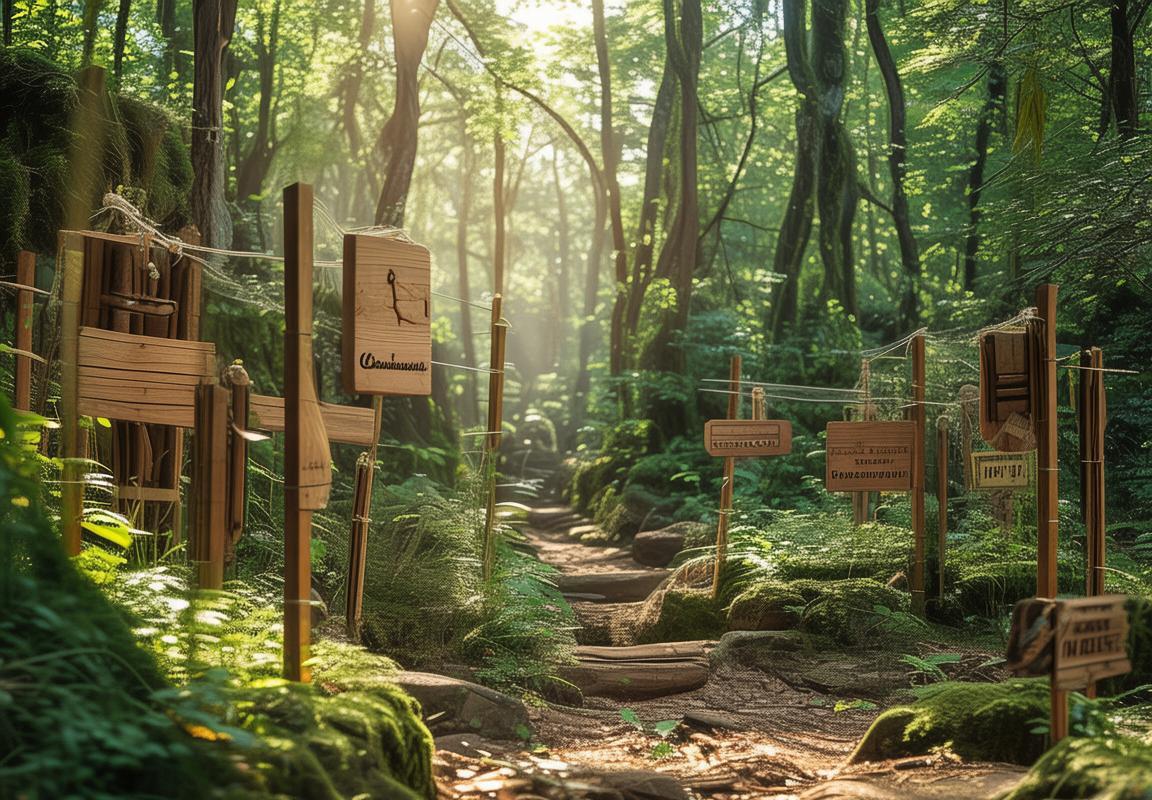
หน้า 1: สิ่งแวดล้อมป่า
- ภาพ: ภาพป่าที่มีหญ้าใหญ่และต้นไม้
- คำศัพท์ที่ซ่อ: tree, grass, bird, squirrel, leaf, flower
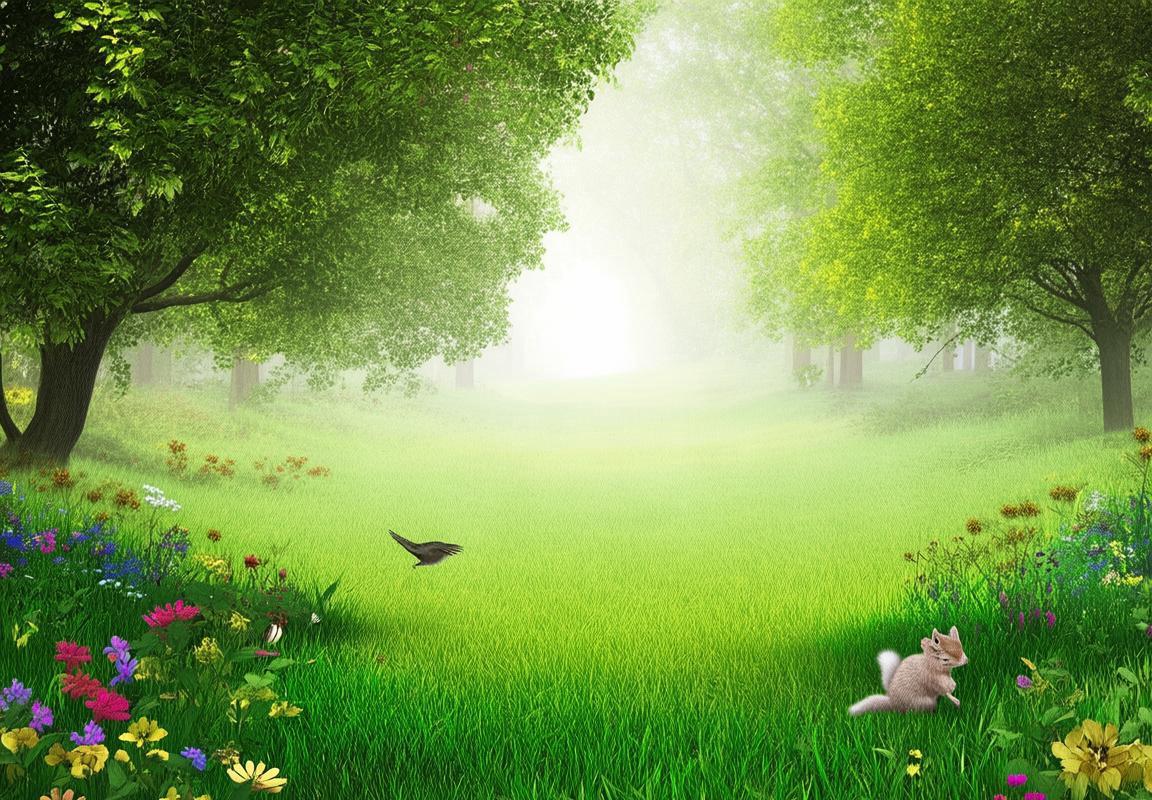
หน้า 2: สิ่งแวดล้อมน้ำ
- ภาพ: ภาพทะเลที่มีปลาและหายงาม
- คำศัพท์ที่ซ่อ: fish, sea, wave, coral, shell, dolphin

หน้า 3: สิ่งแวดล้อมเมือง
- ภาพ: ภาพตัวอย่างของตึกและถนน
- คำศัพท์ที่ซ่อ: building, street, car, traffic light, house, people
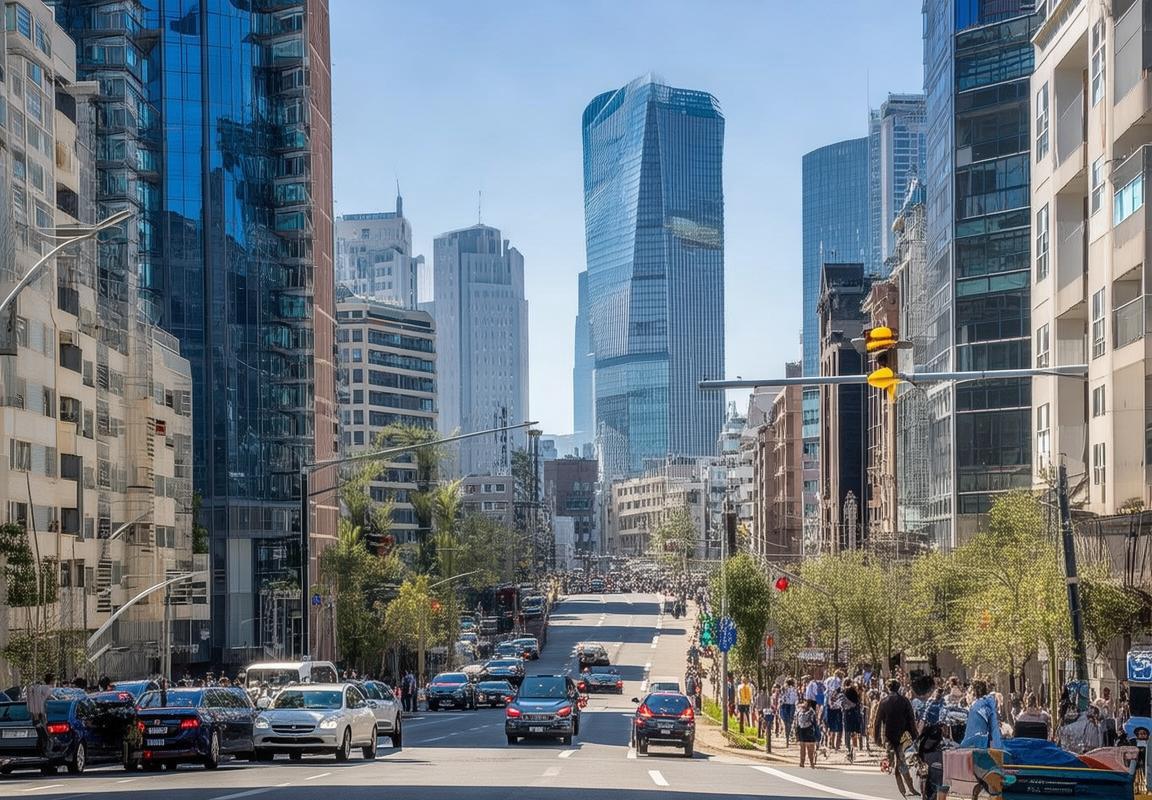
หน้า 4: สิ่งแวดล้อมภูเขา
- ภาพ: ภาพภูเขาที่มีต้นไม้และหน้าแดด
- คำศัพท์ที่ซ่อ: mountain, tree, rock, snow, valley, cloud
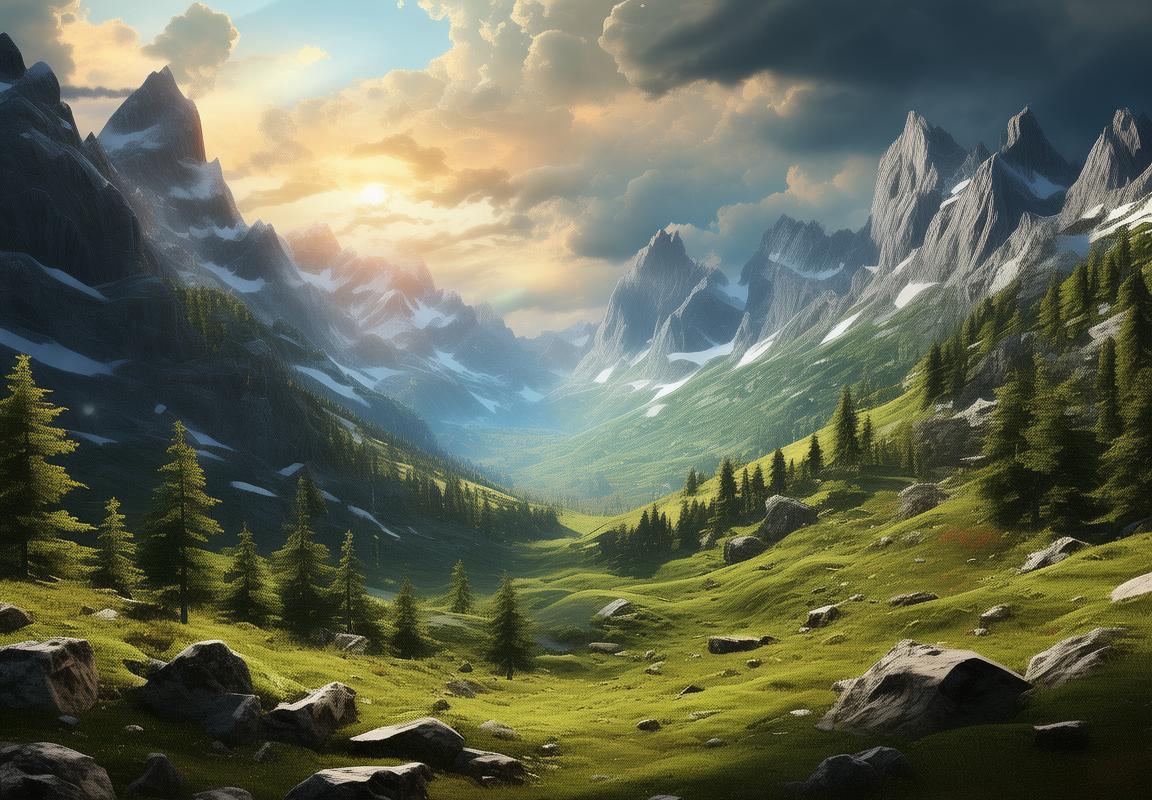
หน้า 5: สิ่งแวดล้อมห้อง
- ภาพ: ภาพห้องที่มีเก้าอี้และต๊อป๊อป
- คำศัพท์ที่ซ่อ: bed, table, chair, lamp, book, window
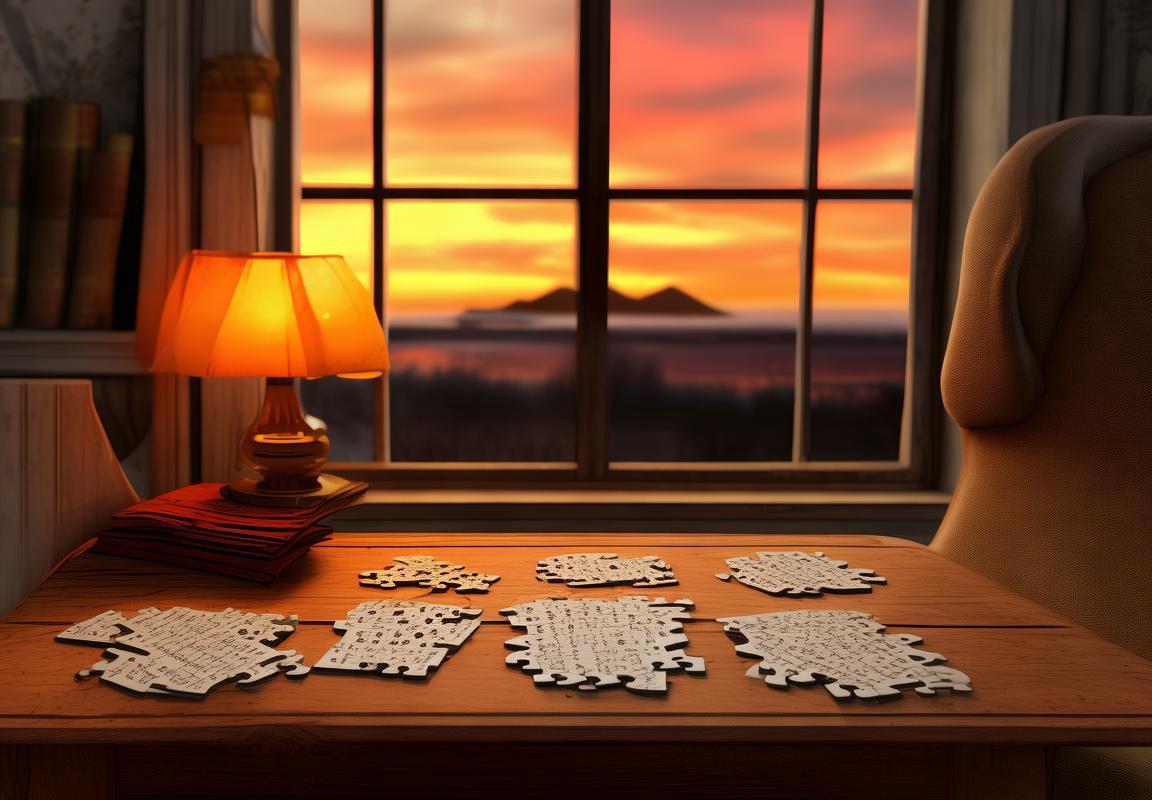
หน้า 6: ทดสอบความรู้
- ภาพ: ภาพที่มีคำศัพท์ที่ซ่อด้วยตัวอักษรเท่านั้น
- คำสั่ง: “Find the hidden words about the environment.”
- คำศัพท์ที่ซ่อ: room, home, school, garden, nature, city
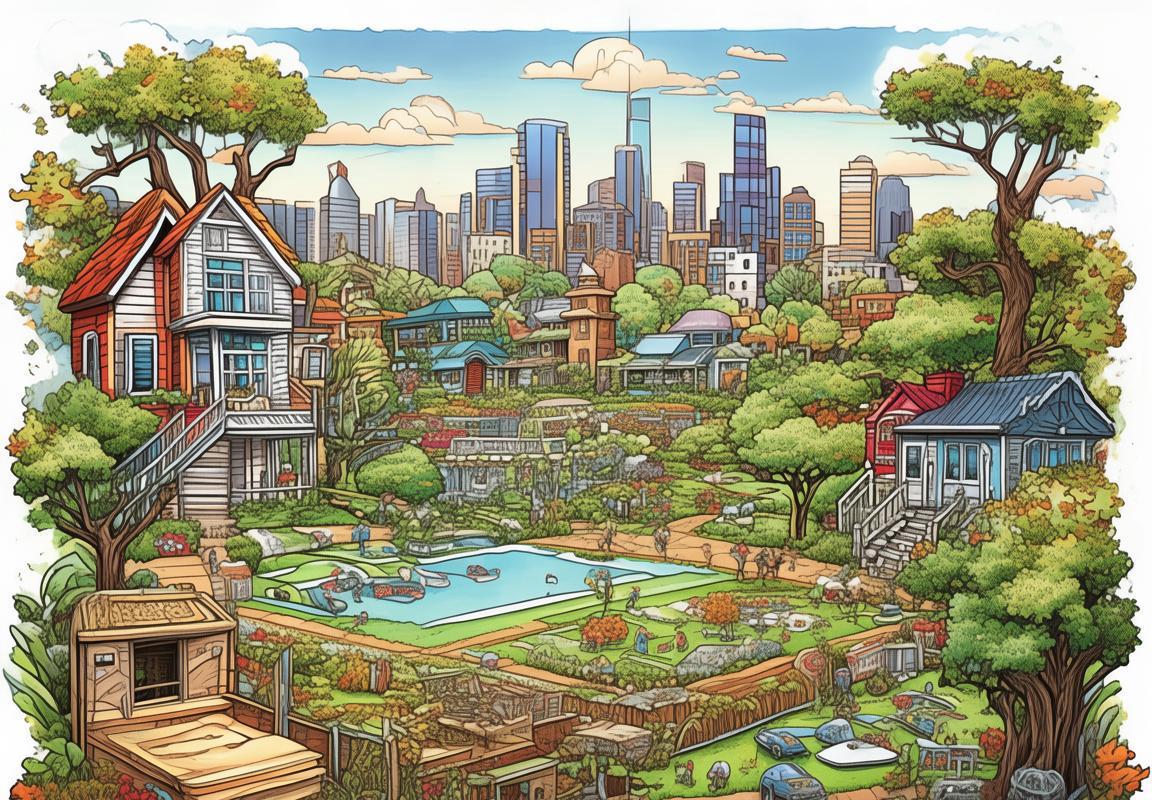
หน้า 7: รายชื่อคำศัพท์
- ภาพ: ภาพรายชื่อคำศัพท์ที่ซ่อ
- คำสั่ง: “Read the words and circle them in the picture.”
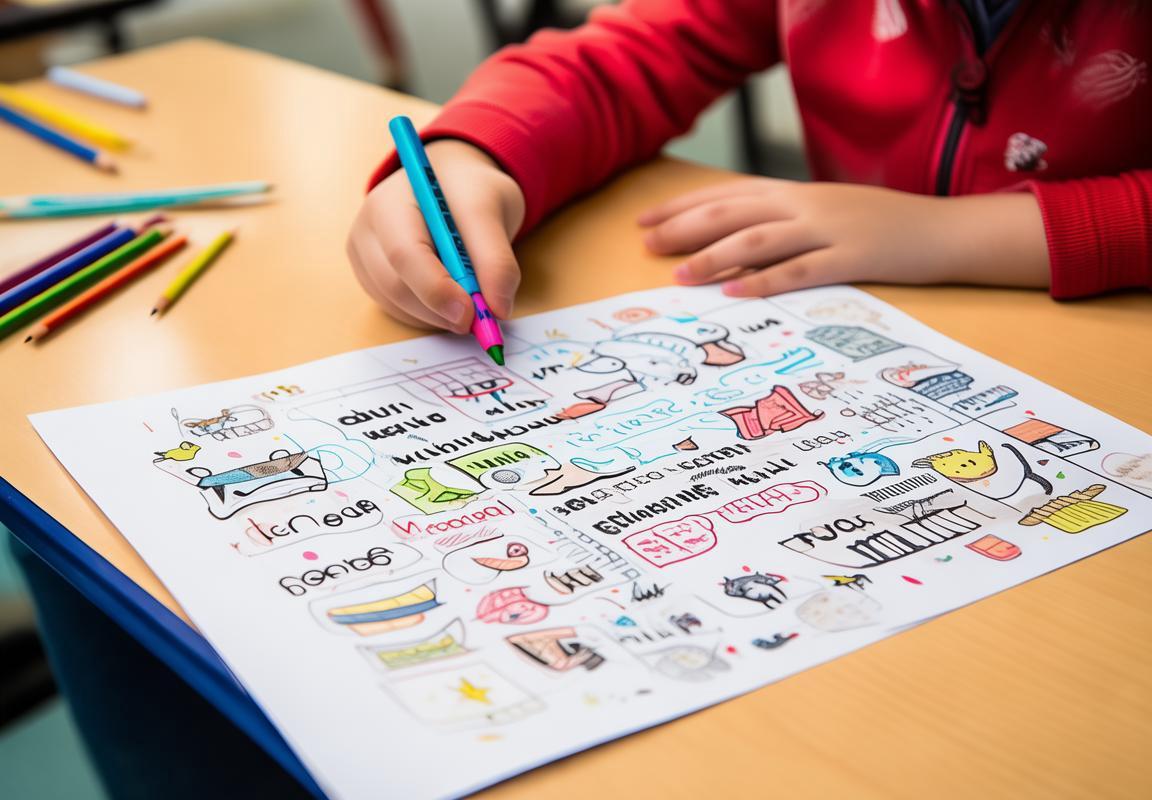
หน้า 8: อธิบายความหมาย
- ภาพ: ภาพรายละเอียดความหมายของคำศัพท์
- คำสั่ง: “Tell me what each word means.”
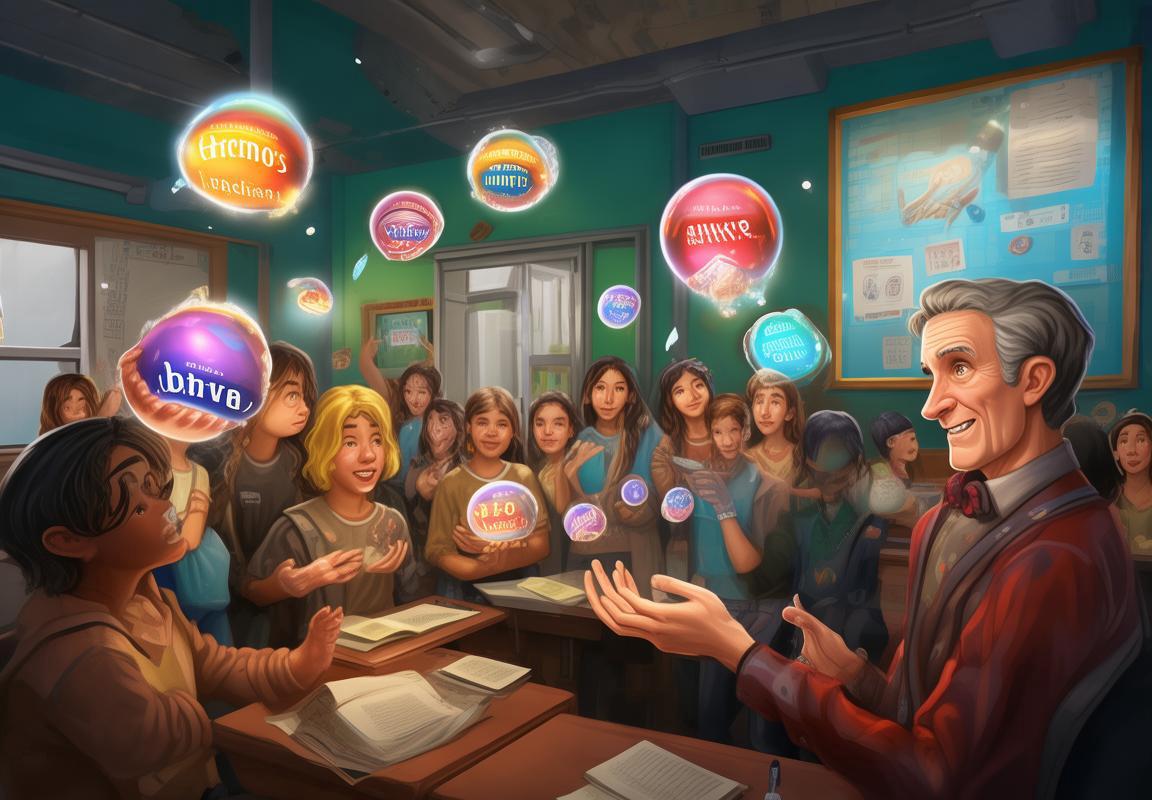
หน้า 9: กิจกรรมเสริม
- ภาพ: ภาพกิจกรรมเสริมเช่นการวาดหรือติดตามหลังนาฬิกา
- คำสั่ง: “Draw a picture of your favorite place in the environment or follow the dot to make a path.”
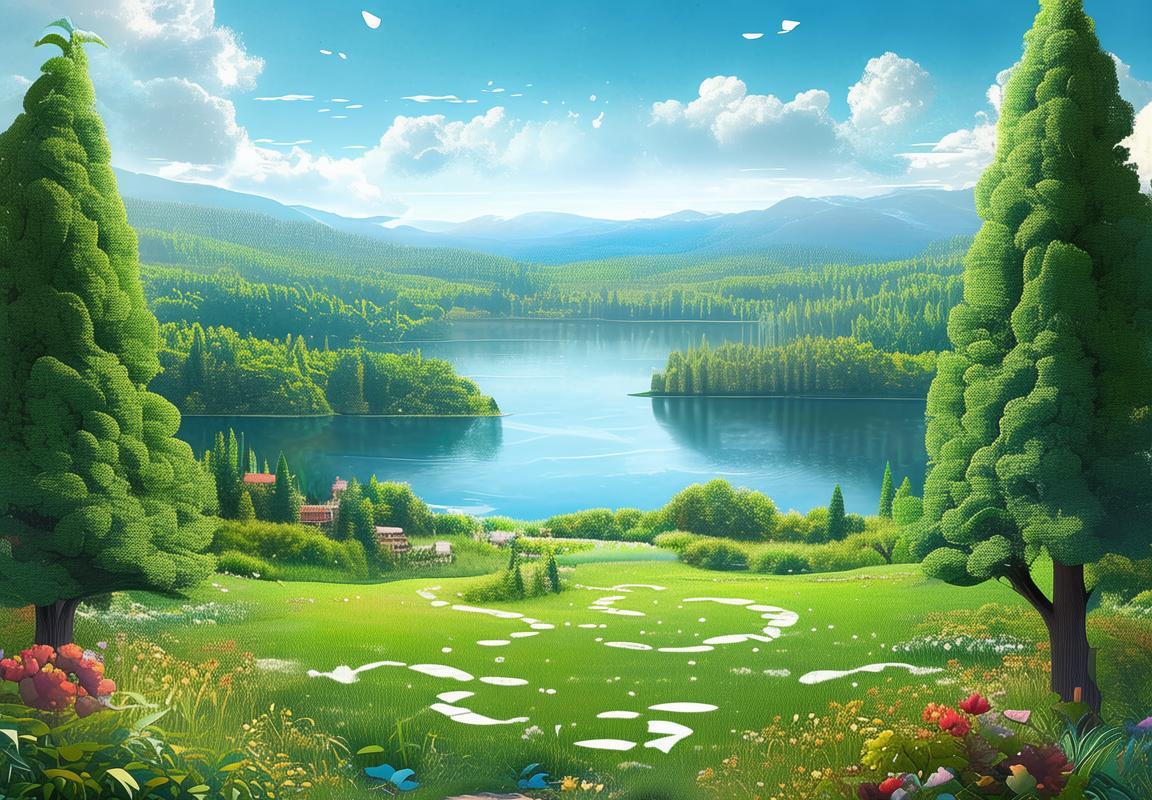
หน้า 10: รับประกอบ
- ภาพ: ภาพรับประกอบของเกมทั้งหมด
- คำสั่ง: “Review all the words we learned today and play a game of memory with the pictures.”
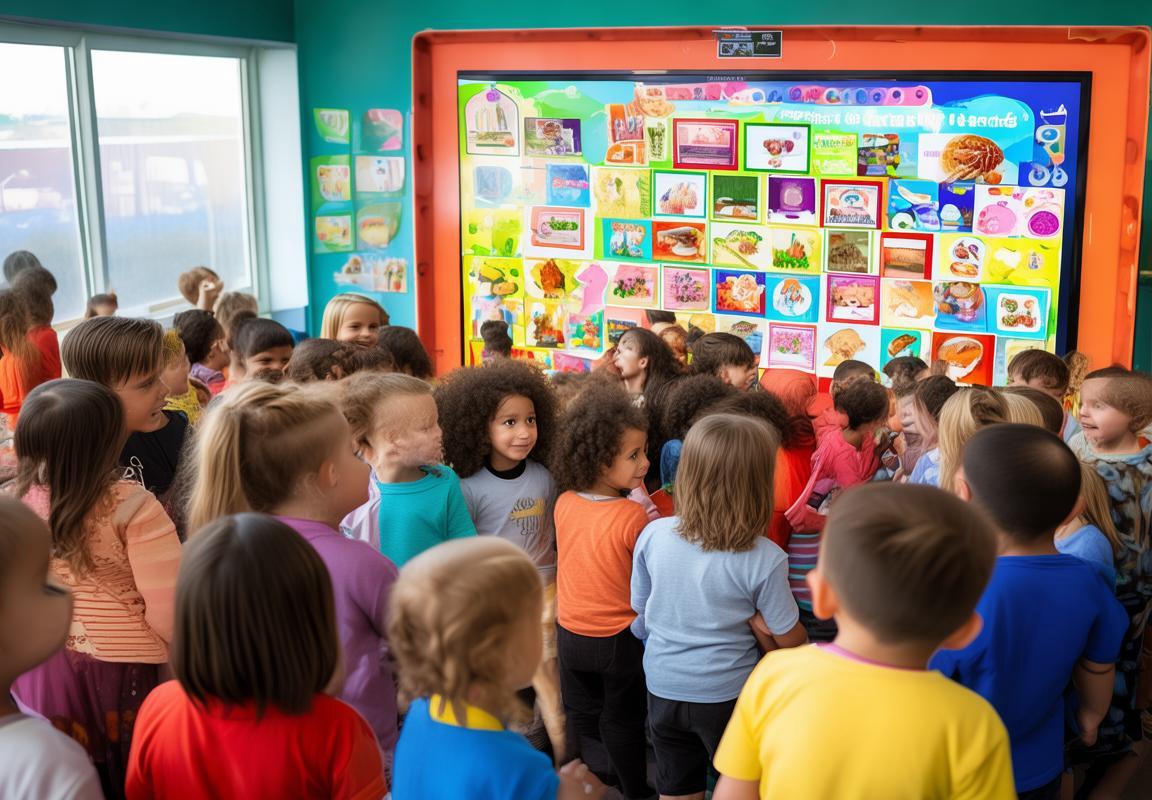
หน้า2:สิ่งแวดล้อมน้ำ
หน้า 2: สิ่งแวดล้อมน้ำ
ภาพ: ภาพทะเลที่มีหายงามและปลาที่กินอาหาร
- น้ำทะเลกวาดหลากหลายสี ซึ่งเป็นที่อยู่ของปลาที่มีสีสันที่แตกต่างกัน
- ปลาสีเหลืองที่ว่ายน้ำอย่างเร็วๆ ในแหลมน้ำที่มีหญ้าน้ำบาง
- ปลาสีขาวตามหลังปลาสีเหลือง โดยมีเท้าขาวเปลายออกมาจากน้ำ
- ปลาสีแดงที่อยู่บนหญ้าน้ำ ซึ่งเป็นที่อาศัยของปลาหลายสายพันธุ์
- ปลาสีส้มที่ว่ายน้ำบนหลายชายแคบของทะเล
- ปลาสีน้ำเงินที่อยู่ในหลุมน้ำที่ซ่อนซับในหญ้าน้ำ
- ปลาสีเหลืองและสีขาวที่ว่ายน้ำกันในกลุ่มเล็กๆ บนหลายชายแคบ
- ปลาสีส้มที่ว่ายน้ำบนหลายชายแคบของทะเล
- ปลาสีน้ำเงินที่อยู่ในหลุมน้ำที่ซ่อนซับในหญ้าน้ำ
- ปลาสีเหลืองและสีขาวที่ว่ายน้ำกันในกลุ่มเล็กๆ บนหลายชายแคบ
คำศัพท์ที่ซ่อ:– sea- fish- coral- shell- dolphin- wave- grass- ocean- shrimp- starfish
วิธีเล่น:1. แสดงภาพและอธิบายให้เด็กทราบว่าต้องหาคำศัพท์ที่ซ่อ2. ให้เด็กหาคำศัพท์ที่ซ่อด้วยการยกมือหรือใช้ติดตามหลังนาฬิกา3. ชวนเด็กออกคำศัพท์ที่พวกเขาหาได้4. ชดปัญหาว่าเด็กหาแล้วหรือยังไม่หาทั้งหมด5. อธิบายความหมายของคำศัพท์ที่ซ่อและให้เด็กฟังเสียงของคำศัพท์ด้วย (ถ้ามี)
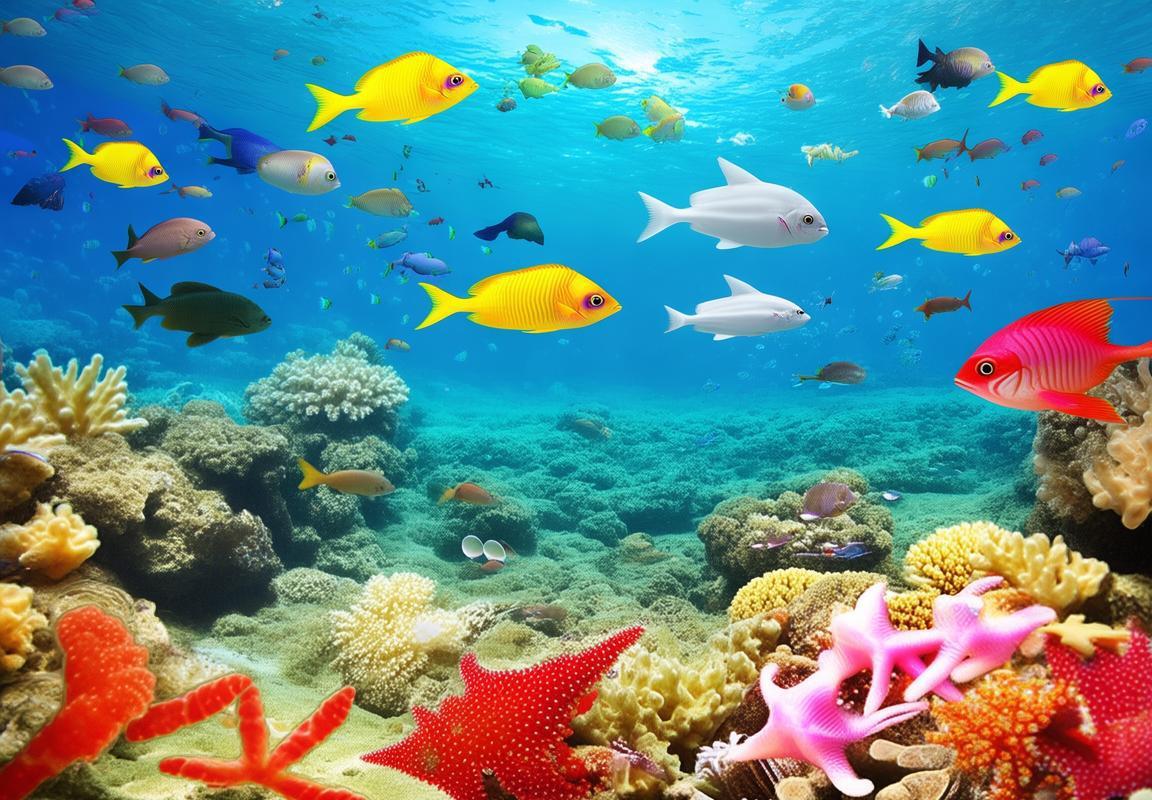
หน้า3:สิ่งแวดล้อมเมือง
หน้า 3: สิ่งแวดล้อมเมือง

ภาพ
- ภาพ 1: ถนนวิกฤตีกับรถยนต์และประชาชน
- ภาพ 2: ตึกยักษ์และตึกเล็ก ๆ ในเมือง
- ภาพ 3: สวนสาธารณะกับเก้าอี้สนุก
- ภาพ 4: ร้านค้าขายของเล่นและอาหาร
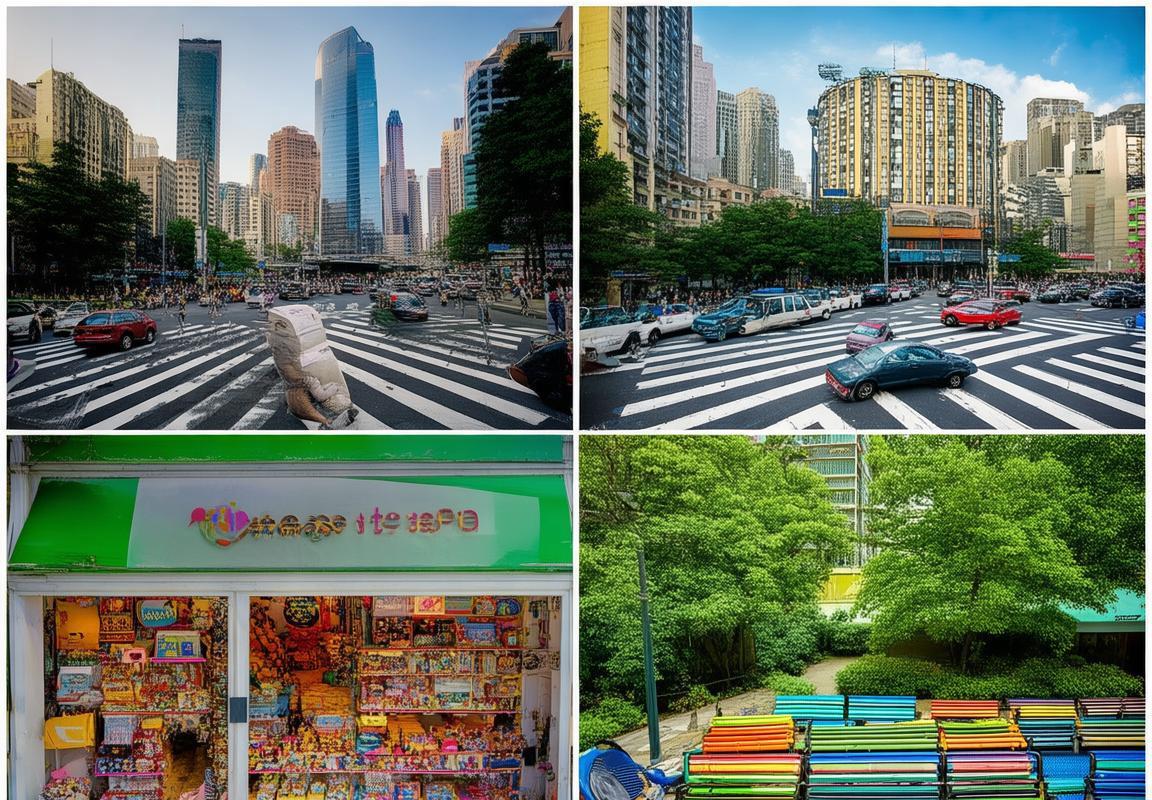
คำศัพท์ที่ซ่อ
- ภาพ 1: traffic, car, pedestrian, crosswalk, sign
- ภาพ 2: building, tower, apartment, office, street
- ภาพ 3: park, bench, playground, tree, people
- ภาพ 4: shop, toy, snack, candy, ice cream
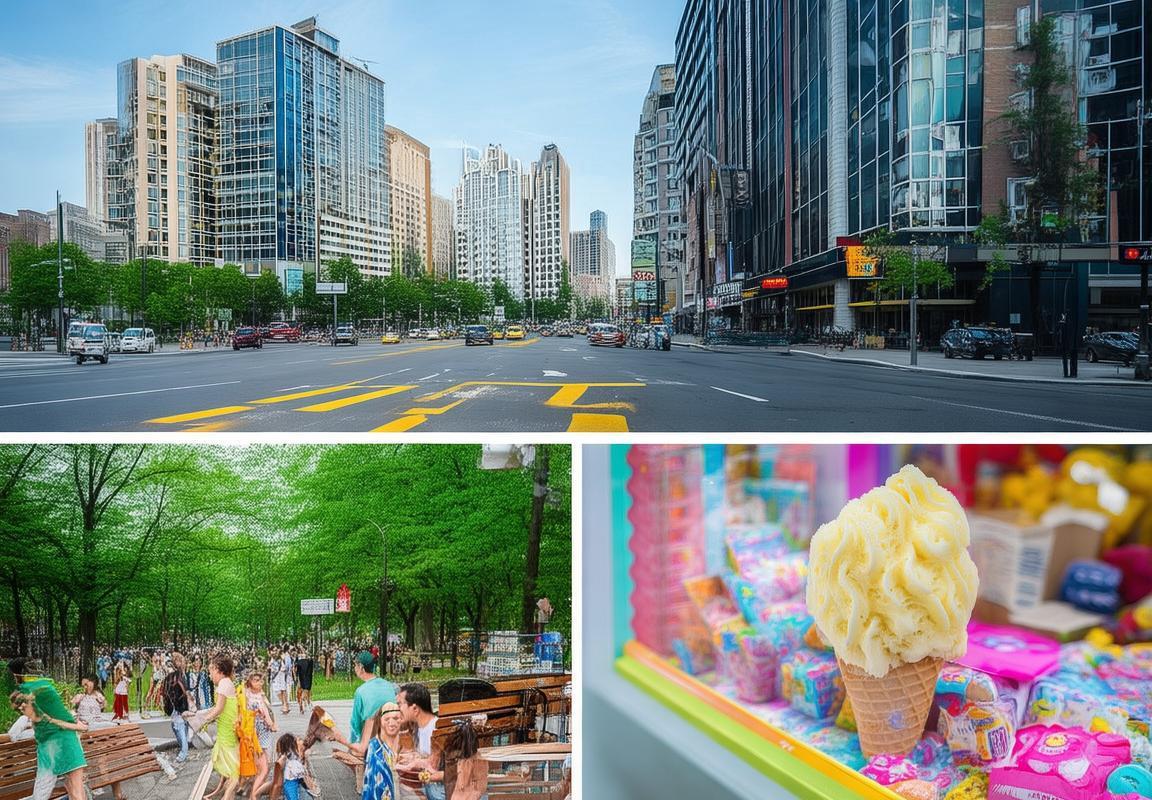
กิจกรรม
- ภาพ 1: ช่วยเด็กหาคำศัพท์ที่ซ่อในภาพถนนวิกฤตี
- ภาพ 2: ชวนเด็กออกคำศัพท์ที่เกี่ยวกับตึกและตึกยักษ์
- ภาพ 3: ช่วยเด็กหาคำศัพท์ที่ซ่อในภาพสวนสาธารณะ
- ภาพ 4: ชวนเด็กออกคำศัพท์ที่เกี่ยวกับร้านค้าและอาหาร
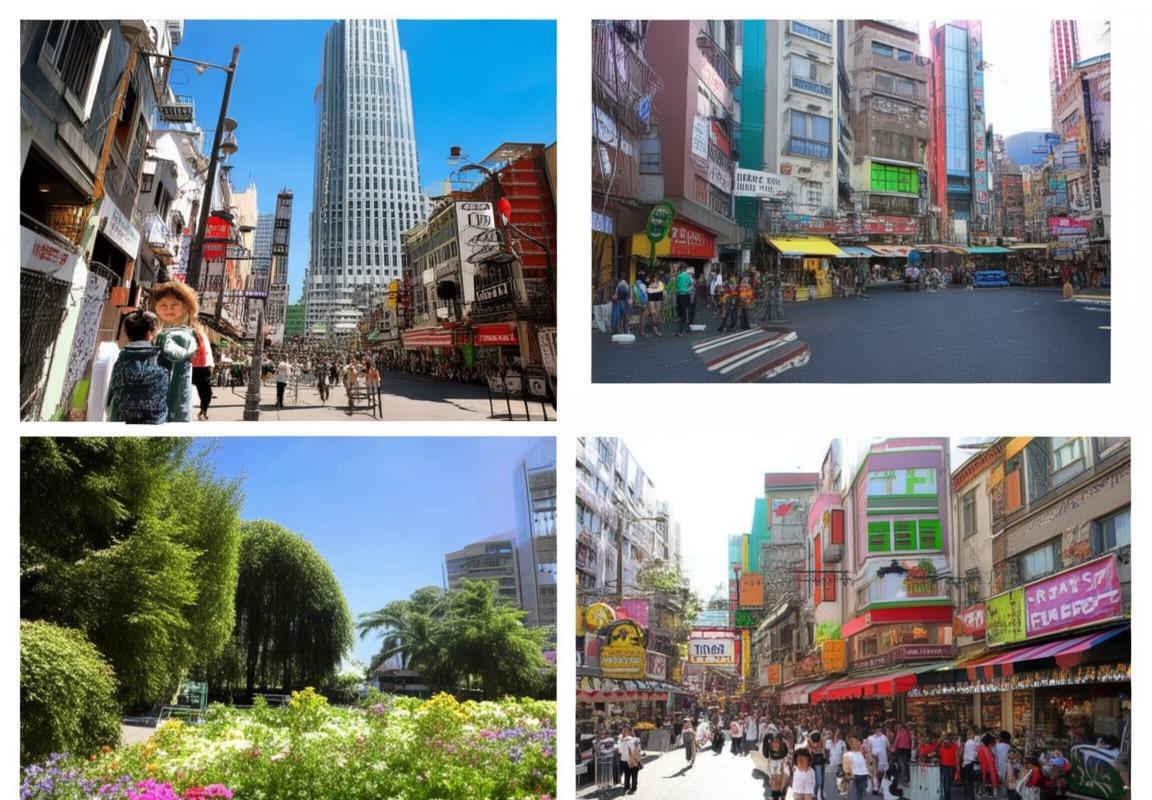
ความสำคัญ
- ช่วยเด็กซึ่งความรู้เกี่ยวกับสิ่งแวดล้อมในเมือง
- ส่งเสริมความสนุกสนานในการเรียนภาษาอังกฤษ
- ช่วยเด็กในการเรียนรู้คำศัพท์ที่ใช้บ่อยในชีวิตประจำวัน
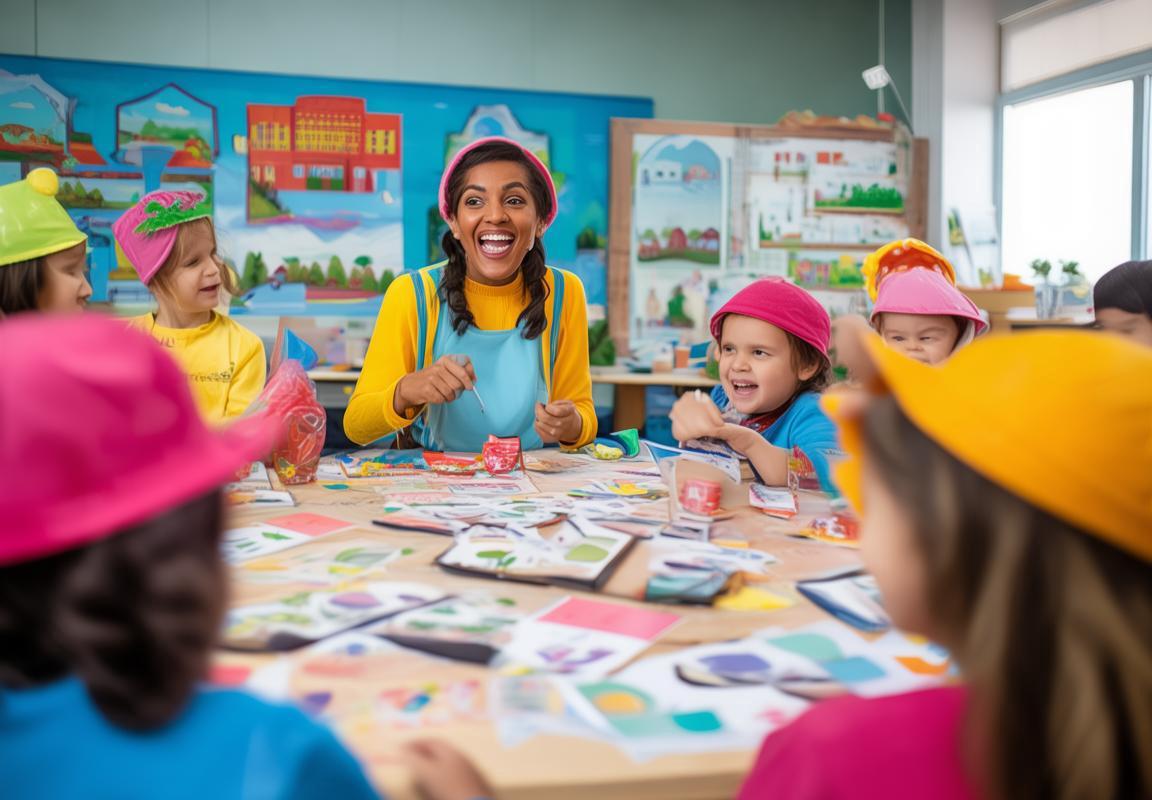
วิธีเล่น
- ภาพ 1: แสดงภาพและอธิบายให้เด็กทราบว่าต้องหาคำศัพท์ที่ซ่อ
- ภาพ 2: ให้เด็กหาคำศัพท์ด้วยการยกมือหรือใช้ติดตามหลังนาฬิกา
- ภาพ 3: ชวนเด็กออกคำศัพท์ที่พวกเขาหาได้
- ภาพ 4: ชดปัญหาว่าเด็กหาแล้วหรือยังไม่หาทั้งหมด
- ภาพ 1-4: อธิบายความหมายของคำศัพท์ที่ซ่อและให้เด็กฟังเสียงของคำศัพท์ด้วย (ถ้ามี)
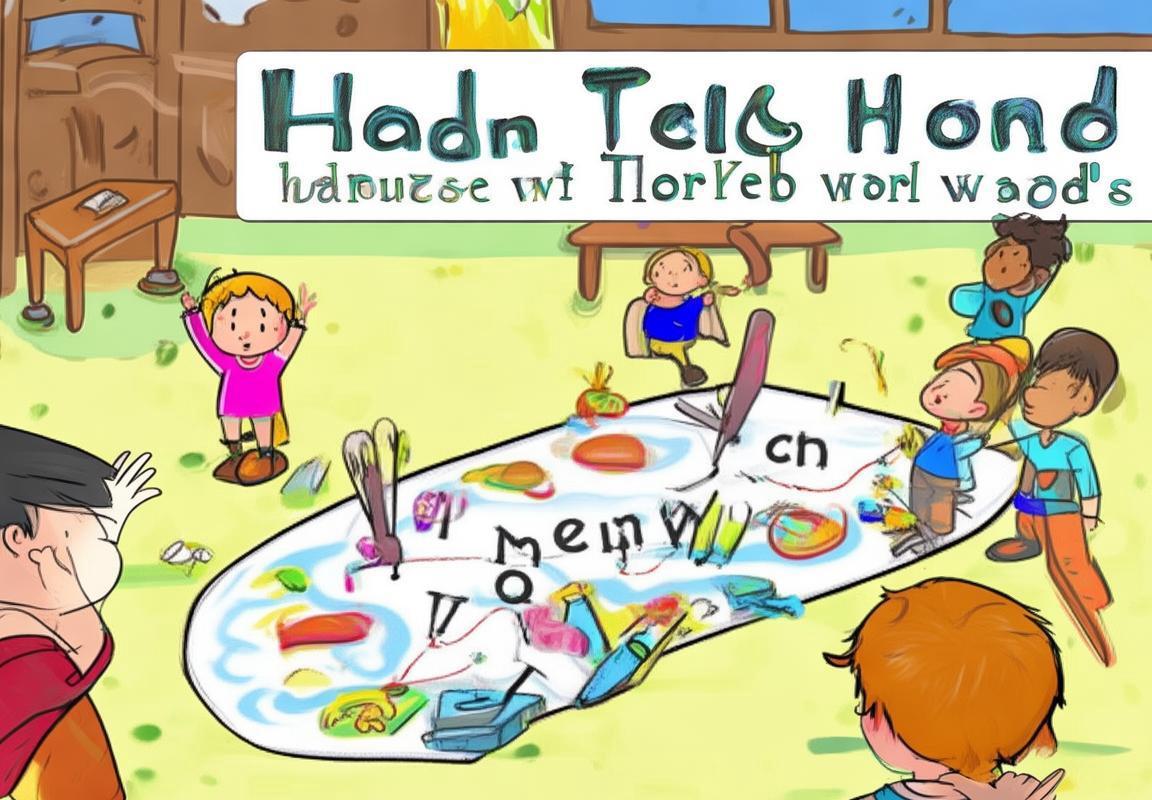
หน้า4:สิ่งแวดล้อมภูเขา
หน้า 4: สิ่งแวดล้อมภูเขา
ภูเขาเป็นสถานที่ที่ทั้งแรงงามและงดงาม ซึ่งตลอดทั้งวันที่มีแสงแสงแจ่มใจและหลองน้ำรั่วอยู่ตลอดเวลา นี่คือเรื่องราวของภูเขาที่เราจะเล่าให้คุณกันด้วยภาษาอังกฤษ:
- ภูเขาสูงส่ง:
- “There are high mountains with snow on top.”
- “The mountains are so tall that they touch the sky.”
- ภูเขาหิน:
- “The mountains are made of hard rocks and stones.”
- “You can see sharp rocks and cliffs.”
- หน้าตาภูเขา:
- “From the top of the mountain, you can see everything.”
- “The view from the mountain is so beautiful.”
- หลองน้ำ:
- “There are rivers and streams flowing down the mountains.”
- “The water is clear and cold.”
- ต้นไม้:
- “The mountains are full of trees and plants.”
- “You can find different types of trees, like pine and oak.”
- สัตว์ป่า:
- “There are animals living in the mountains, like deer and eagles.”
- “The animals are quiet and shy.”
- ภูเขาที่มีสวนสาธารณ์:
- “There are national parks in the mountains where people can visit.”
- “People go hiking and camping in the mountains.”
- หลองน้ำที่แตก:
- “When it rains, the water flows down the mountains in a waterfall.”
- “The waterfalls are very beautiful.”
- ภูเขาที่มีแหล่งน้ำ:
- “The mountains have many springs and rivers.”
- “The water is clean and fresh.”
- ภูเขาที่มีอากาศเย็น:
- “The air in the mountains is very cool and fresh.”
- “It is a good place to escape the heat.”
- ภูเขาที่มีสนามกีฬา:
- “There are ski resorts in the mountains where people can go skiing.”
- “People enjoy the cold weather and the snow.”
- ภูเขาที่มีที่อยู่อาศัย:
- “Some people live in small villages at the foot of the mountains.”
- “They grow their own food and raise animals.”
- ภูเขาที่มีปราสาท:
- “There are castles and forts in the mountains.”
- “They are old and beautiful.”
- ภูเขาที่มีทะเลสาบ:
- “In some places, the mountains meet the sea.”
- “The view is amazing.”
- ภูเขาที่มีป่าหญ้า:
- “The mountains have grasslands where animals can graze.”
- “The grass is green and soft.”
- ภูเขาที่มีภูเขาเล็ก:
- “The mountains have smaller mountains inside them.”
- “They look like hills.”
- ภูเขาที่มีแนวแคบ:
- “The mountains have narrow paths and steep cliffs.”
- “It is a challenge to climb them.”
- ภูเขาที่มีแหล่งอุทยาน:
- “The mountains have nature reserves and wildlife sanctuaries.”
- “They protect the animals and plants.”
- ภูเขาที่มีที่ทำงาน:
- “There are factories and mines in the mountains.”
- “People work there and make things
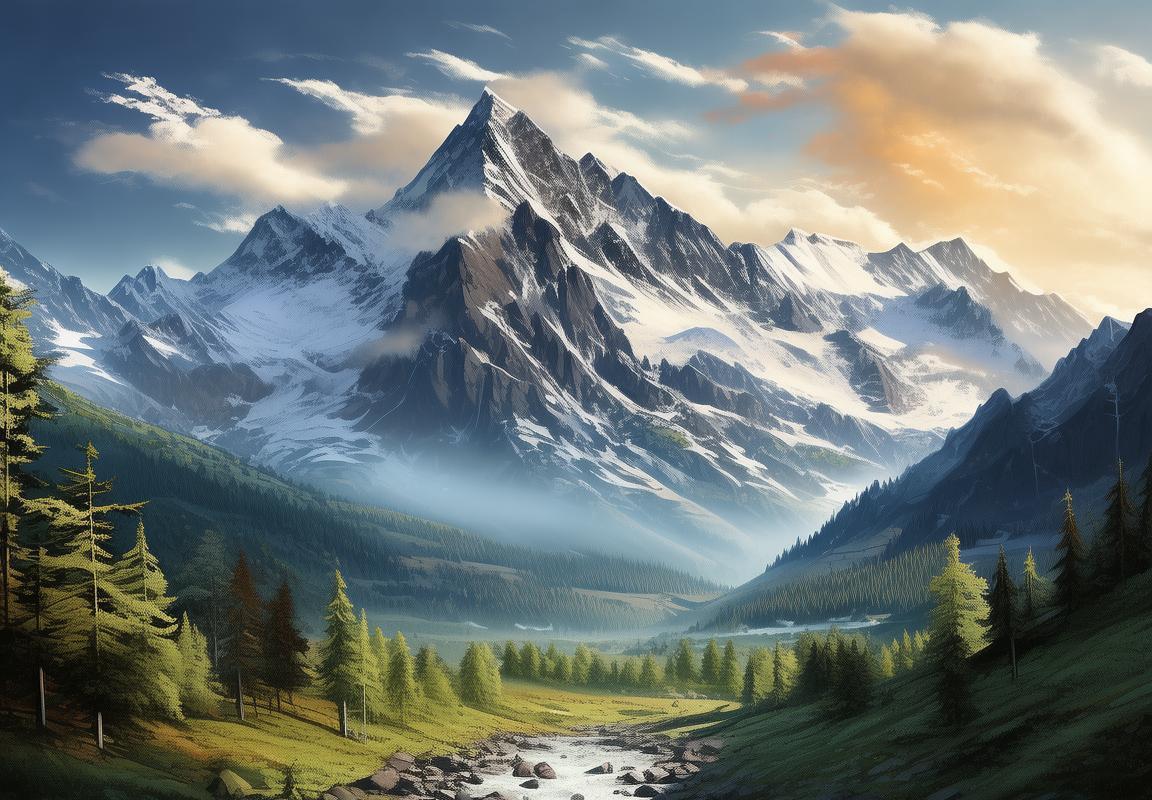
หน้า5:สิ่งแวดล้อมห้อง
หน้า 5: สิ่งแวดล้อมห้อง
ภาพ: ภาพห้องที่มีเก้าอี้สำนักงาน, ต๊อป๊อป, หนังสือเล่ม, หลอดไฟ, และตู้เสริม
คำศัพท์ที่ซ่อ:1. desk2. chair3. book4. lamp5. shelf6. computer7. window8. door9. floor10. wall
เนื้อหาเรียนรู้:
- ห้องสำนักงาน:
- “Look at the desk. It’s where we work and keep our things.”
- “The chair is used to sit on while working or reading.”
- หนังสือเล่ม:
- “Books are on the shelf. We read them to learn new things.”
- “We use books to read stories and facts.”
- หลอดไฟ:
- “The lamp gives us light when it’s dark.”
- “We turn on the lamp when we need to see.”
- ตู้เสริม:
- “The shelf is for storing things like books and decorations.”
- “We put the books and other things on the shelf to keep them organized.”
- คอมพิวเตอร์:
- “The computer is a tool for learning and working.”
- “We use the computer to play games, learn new things, and create art.”
- หน้าต่างและประตู:
- “The window lets in light and fresh air.”
- “The door is where we enter and leave the room.”
- พื้นและผนัง:
- “The floor is where we walk and play.”
- “The wall is painted in bright colors to make the room look nice.”
กิจกรรม:– ให้เด็กชมภาพและชี้แจงสิ่งของที่ซ่อ- อธิบายความหมายของคำศัพท์แต่ละอัน- ให้เด็กยกมือหรือใช้ติดตามหลังนาฬิกาเพื่อหาคำศัพท์ที่ซ่อ- ชวนเด็กออกคำศัพท์ที่พวกเขาหาได้- ให้เด็กเรียกคำศัพท์และใช้งานคำศัพท์ดังกล่าวในประโยชน์ต่างๆ
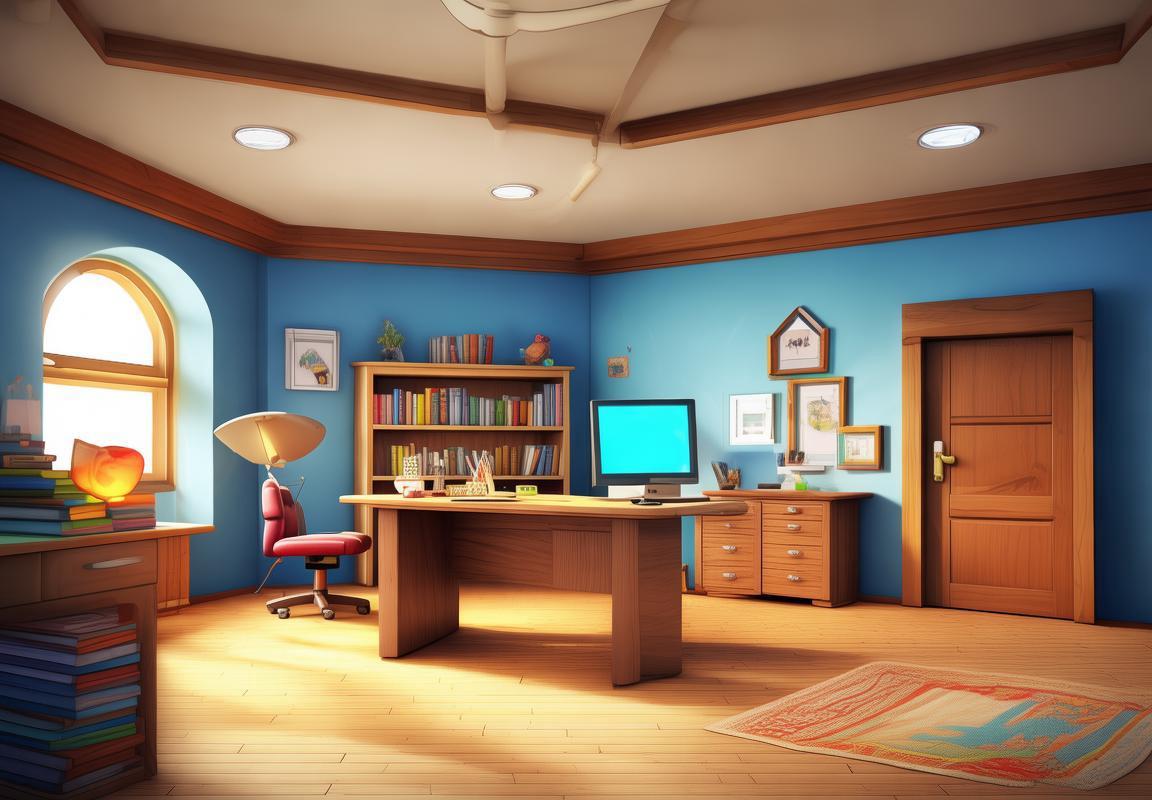
หน้า6:ทดสอบความรู้
หน้า 6: ทดสอบความรู้
หมายเลข 1: สัตว์ป่า
- ภาพ: ภาพของแรงมัน
- คำถาม: “What is the name of this animal?”
- คำตอบ: “Tiger”
หมายเลข 2: ฤดูกาล
- ภาพ: ภาพที่แสดงฤดูหนาว
- คำถาม: “What season is shown in this picture?”
- คำตอบ: “Winter”
หมายเลข 3: สิ่งแวดล้อมน้ำ
- ภาพ: ภาพทะเลที่มีปลา
- คำถาม: “What is in the water?”
- คำตอบ: “Fish”
หมายเลข 4: สิ่งแวดล้อมเมือง
- ภาพ: ภาพของตึกและถนน
- คำถาม: “What is this place called?”
- คำตอบ: “City”
หมายเลข 5: สิ่งแวดล้อมภูเขา
- ภาพ: ภาพของภูเขาที่มีหน้าแดด
- คำถาม: “Where is this picture?”
- คำตอบ: “Mountain”
หมายเลข 6: สิ่งแวดล้อมห้อง
- ภาพ: ภาพของห้องที่มีเก้าอี้และต๊อป๊อป
- คำถาม: “What is in this room?”
- คำตอบ: “Bed, table, chair”
หมายเลข 7: อุปกรณ์การเรียน
- ภาพ: ภาพของเปลี่ยนแปลงที่ใช้สำหรับการเรียน
- คำถาม: “What are these for?”
- คำตอบ: “Learning tools”
หมายเลข 8: รถและขบวนรถ
- ภาพ: ภาพของรถและขบวนรถ
- คำถาม: “What is this?”
- คำตอบ: “Car, train”
หมายเลข 9: สวนสัตว์
- ภาพ: ภาพของสวนสัตว์
- คำถาม: “Where is this?”
- คำตอบ: “Zoo”
หมายเลข 10: ห้องสมุด
- ภาพ: ภาพของห้องสมุด
- คำถาม: “What is this place?”
- คำตอบ: “Library”
